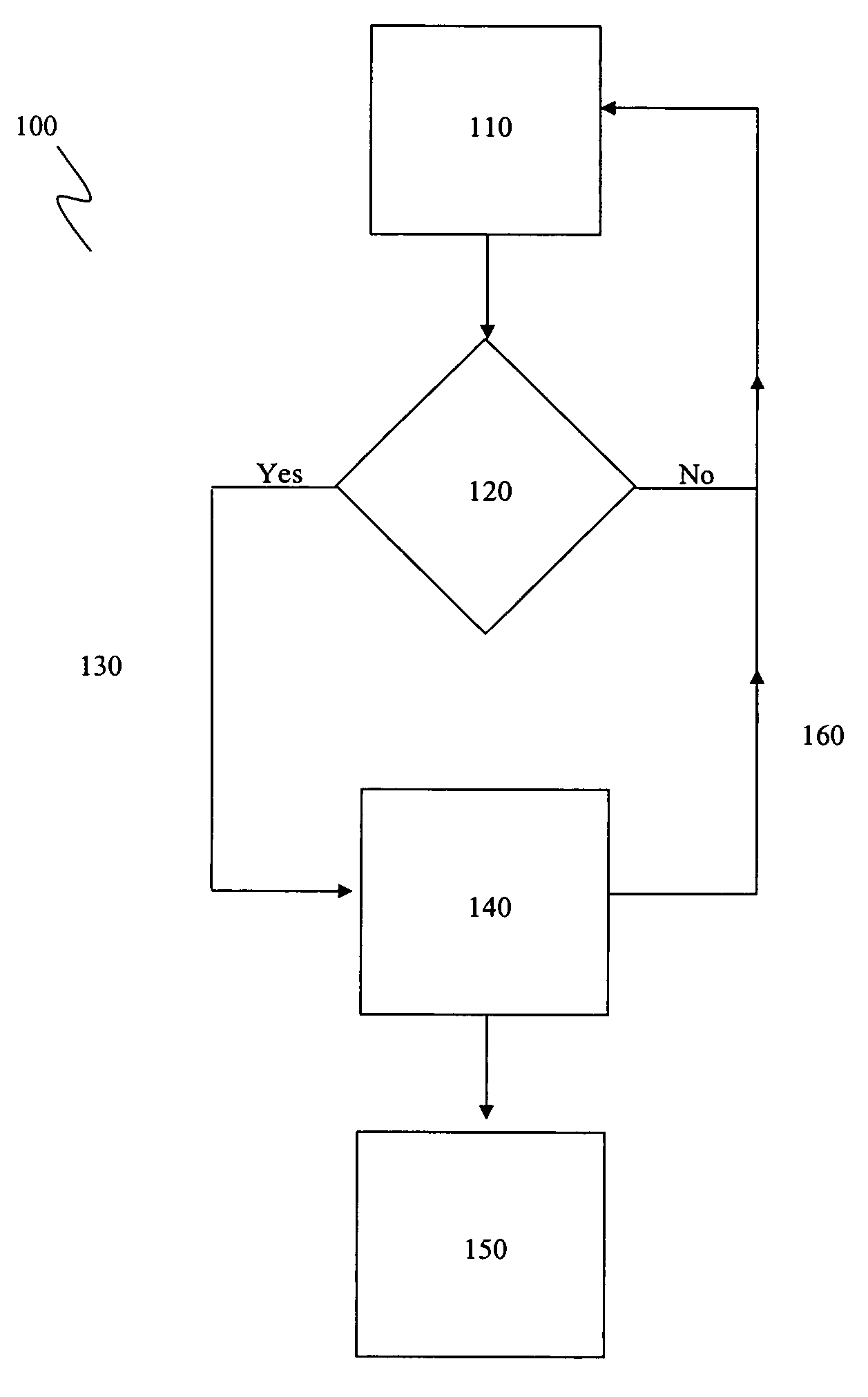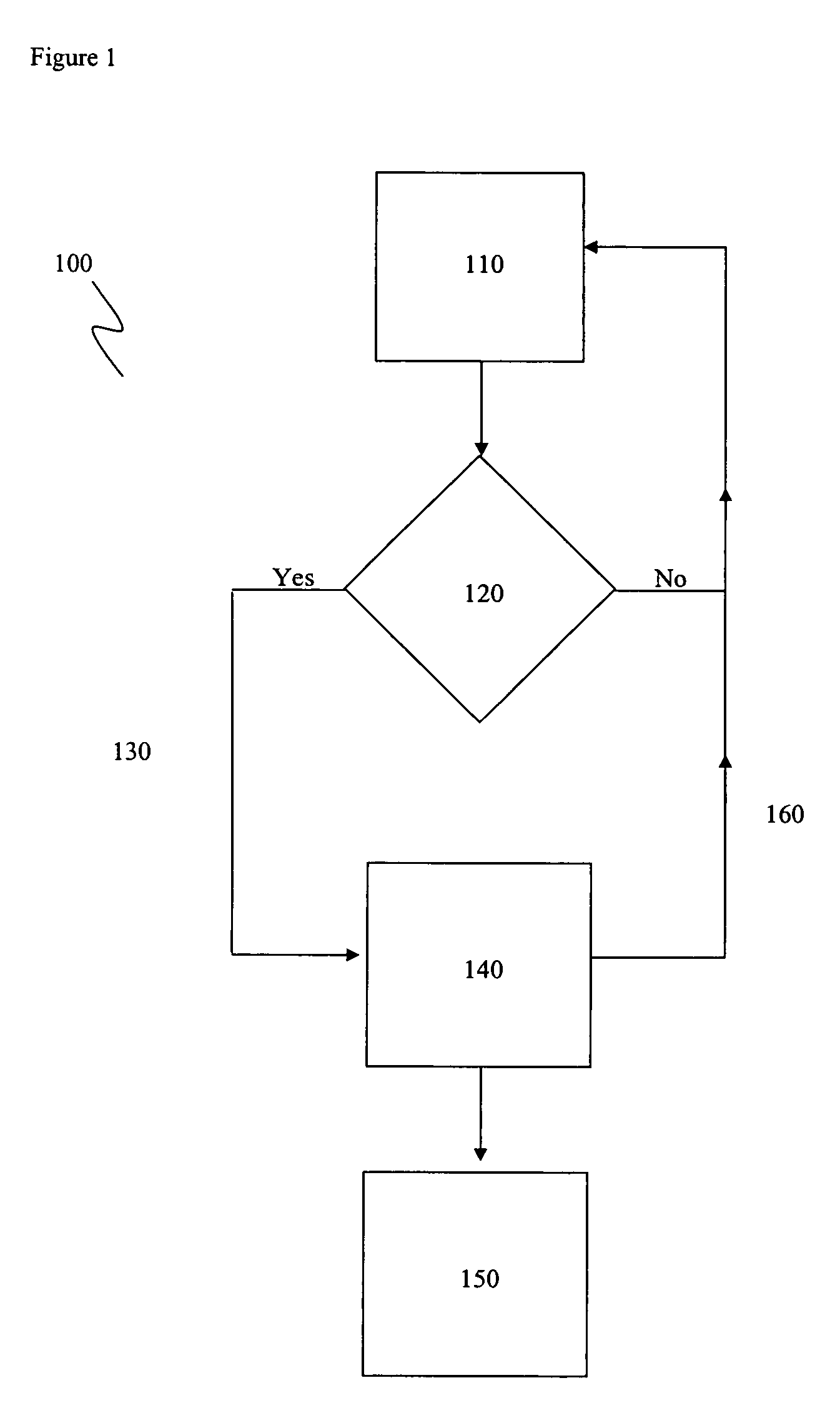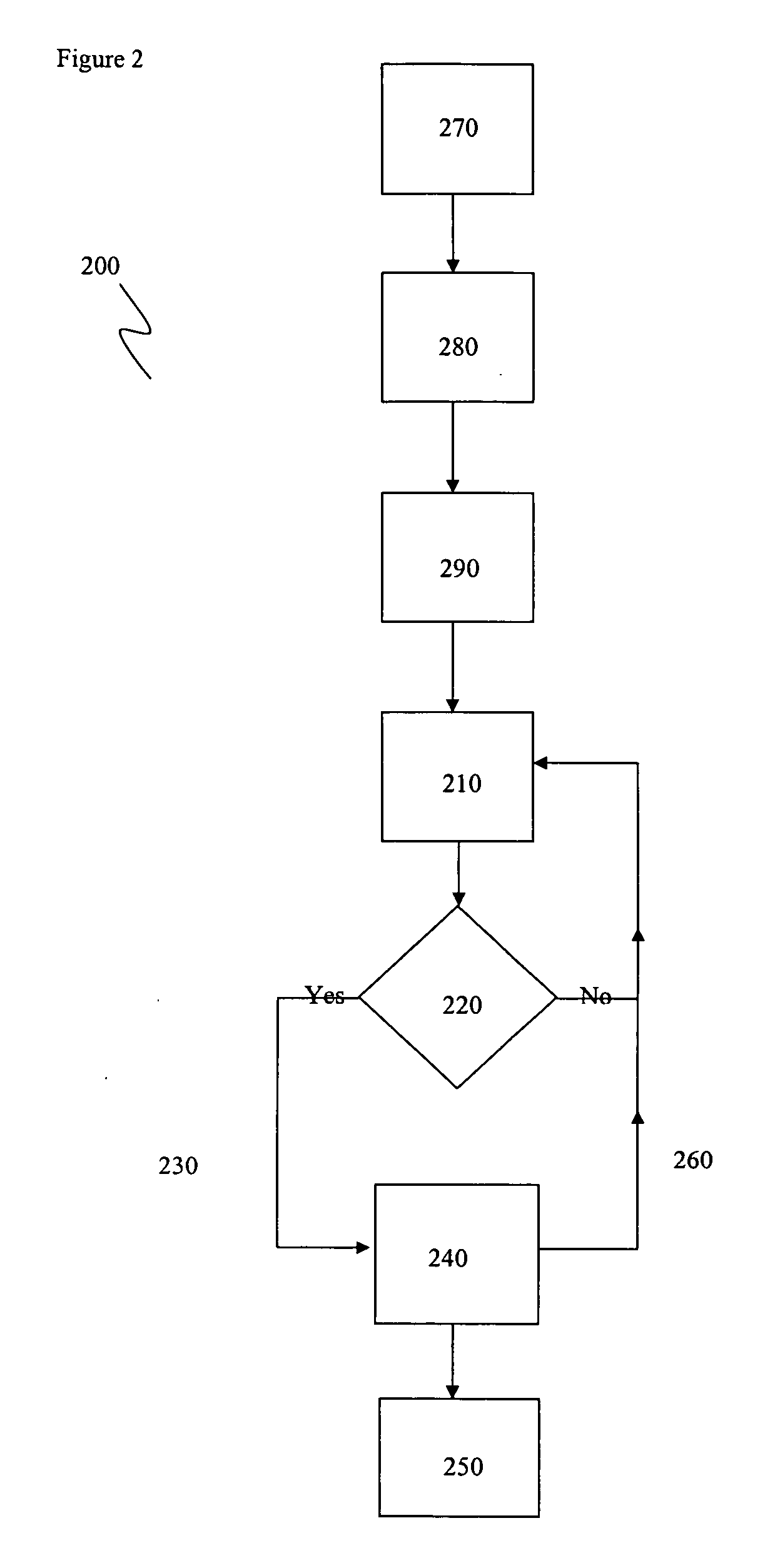Apparatus and method for modulating neurochemical levels in the brain
a neurochemical and brain technology, applied in the field of apparatus and method for modulating neurochemical levels in the brain, can solve the problem of not teaching a method or device that utilizes such information to initiate treatment of an individual by deep brain stimulation
- Summary
- Abstract
- Description
- Claims
- Application Information
AI Technical Summary
Benefits of technology
Problems solved by technology
Method used
Image
Examples
example 1
[0059] Immediate and sustained changes in both extracellular activity of subthalamic nuclei (STN) neurons in vitro and striatal dopamine efflux (release) in vivo were recorded in the rat brain to test the hypothesis that STN high frequency stimulation (HFS) excites local neuronal activity and enhances dopaminergic neurotransmission.
Materials and Methods
[0060] In Vitro Brain Slice Preparation
[0061] For the preparation of slices, 4-6 weeks old male or female Sprague-Dawley rats (Iowa State University Animal Facility, Ames, Iowa) were deeply anesthetized with sodium pentobarbital (30-40 mg / kg) and killed by decapitation. The forebrain was rapidly removed and the hemispheres were separated with a midline incision. Four hundred micron thick slices were cut in the sagittal plane using a vibratome (Leica, Wetzlar, Germany). During preparation of slices, the tissue was placed in a chilled solution (5° C.) in which NaCl was replaced with sucrose while the osmolarity was maintained at 307...
example 2
[0087]FIG. 11 shows a detailed example of a deep brain stimulator useful for positioning a stimulation electrode in the brain of an individual. Although the “CPA Recording Electrodes” and the “DBS Stimulating Electrodes” are depicted as separate electrodes, they can be combined as a single probe as described above.
[0088] Virtual control panel 400 comprises software on a conventional personal computer (PC) that provides control of the constant potential amperometry (CPA) device (neurochemical measurer and monitoring device). There may be a signaling device such as LED's (Light Emitting Diodes) on the CPA device to confirm activity and status, but no push buttons, keypads, LCD (Liquid Crystal Display) panels or rotary switches are necessary. The functionality of the CPA device is entirely controlled from the PC through Universal Serial Bus (USB) interface 420. The PC will show a graphical image of the CPA device and the various functions of the device (e.g., settings for DC power on-...
example 3
[0100] Example 1 above demonstrates that high frequency stimulation (HFS) results in neurotransmitter release. In the present example, the hypothesis that HFS to thalamus or subthalamic nucleus (STN) induces astrocytic glutamate release capable of abolishing synchronized neural network oscillations was tested.
Materials and Methods
[0101] In Vivo Glutamate Measurements in the Rat STN and Thalamus
[0102] The in vivo experiments were performed with male or female Sprague Dawley rats weighing an average of 250±55 grams. The rats were housed in plastic and steel cages in a temperature controlled room (21° C.) under a 12 hour light / 12 hour dark cycle (light on at 08:00 hr). The rats had ad libitum access to food pellets and water prior to surgery. Before surgery, the rats were anaesthetised with ketamine (100 mg / mL) and xylazine (20 mg / mL). Once anaesthetized, the rats were placed in a Kopf stereotaxic frame in which the skull was secured with a nose clamp, incisor bar and ear bars. Con...
PUM
 Login to View More
Login to View More Abstract
Description
Claims
Application Information
 Login to View More
Login to View More - R&D
- Intellectual Property
- Life Sciences
- Materials
- Tech Scout
- Unparalleled Data Quality
- Higher Quality Content
- 60% Fewer Hallucinations
Browse by: Latest US Patents, China's latest patents, Technical Efficacy Thesaurus, Application Domain, Technology Topic, Popular Technical Reports.
© 2025 PatSnap. All rights reserved.Legal|Privacy policy|Modern Slavery Act Transparency Statement|Sitemap|About US| Contact US: help@patsnap.com



